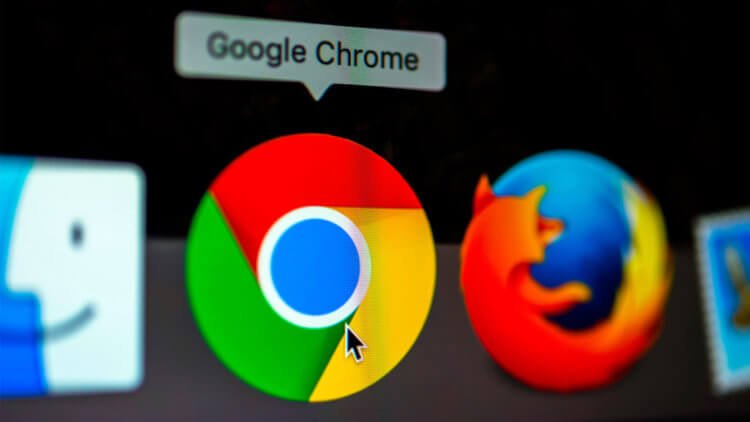Ensuring your own safety while using the Internet is not as difficult as it seems. It is clear that not everyone will be able to actively resist viruses and trackers, but everyone can follow the basic rules of protection. All you need is that you do not follow the links sent by someone unknown and do not linger on little-known sites, allowing them to collect data about you. However, practice shows that there is a fairly wide category of users who regularly follow phishing links, enter their data there, and all because it is rather difficult to distinguish a fake website from a real one. After all, don't compare for the sake of this URL.

Google Chrome could be safer if Google wants it
Indeed, parsing the URL of a link you have opened in a browser can be quite a daunting task. Indeed, for this, firstly, you need to know in what sequence the characters in the original address are located, and, secondly, be careful enough to see the rearrangement of letters in places or the use of small caps. This is also done sometimes. The result is that the URL is written in small capital letters, which interfere with the correct perception of the address. However, Google developers have come up with a convenient solution to this problem.
How to protect Chrome from phishing

How domain name detection in Chrome can help protect against phishing
Google programmers Des Surma and Jake Archibald believe that phishing sites can be combated by separating the primary domain name into a separate block in the address bar. So the user will not be able to analyze the entire address for the presence of characters in it that should not be there, but simply look at the domain, which is much easier to remember. This is very useful in situations where subdomains are used. For example, image.google.com or photos.google.com. And if you do as the developers suggest, the user will see only the main part – google.com – and know for sure that the site is real.
Unfortunately, the stated idea is still just an idea and does not pretend to be implemented. In any case, this is what the developers themselves say and recommend not to wait for the appearance of the domain name allocation function in Google Chrome in the near future. Most likely, the fact is that Google itself has already tried to implement something similar, but with a slightly different goal. Then the company planned to simply clean up the address bar, making it less loaded, but security experts took it upon Google, claiming that this innovation could be used by scammers and hackers because users would not be able to see the entire URL.
How to improve Google Chrome
On the other hand, nothing prevents Google from unfreezing the frozen project to free the address bar from unnecessary elements, but with minor improvements. After all, if Chrome knows how to determine that the channel through which the browser connects to the site is encrypted, most likely it will not be difficult for developers to train it to determine the correct domain. In this case, it will be possible not only to unload the address bar, but also to increase its value when used, turning it into a kind of fuse.
Google Chrome now has a pretty good level of protection. Google has added a number of mechanisms to its browser, from a built-in ad blocker that prevents heavy advertisements from displaying to a password manager that checks your security combinations against a database of compromised accounts, and soon it will also block third-party cookies, protecting users from being followed. Therefore, it is simply incorrect to accuse the company of not being careful about its customers. Another thing is that nothing is perfect, and Google Chrome is no exception.
